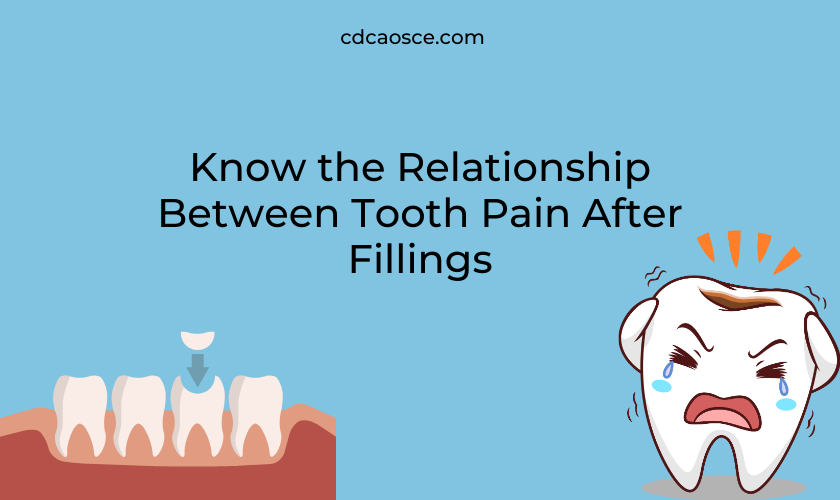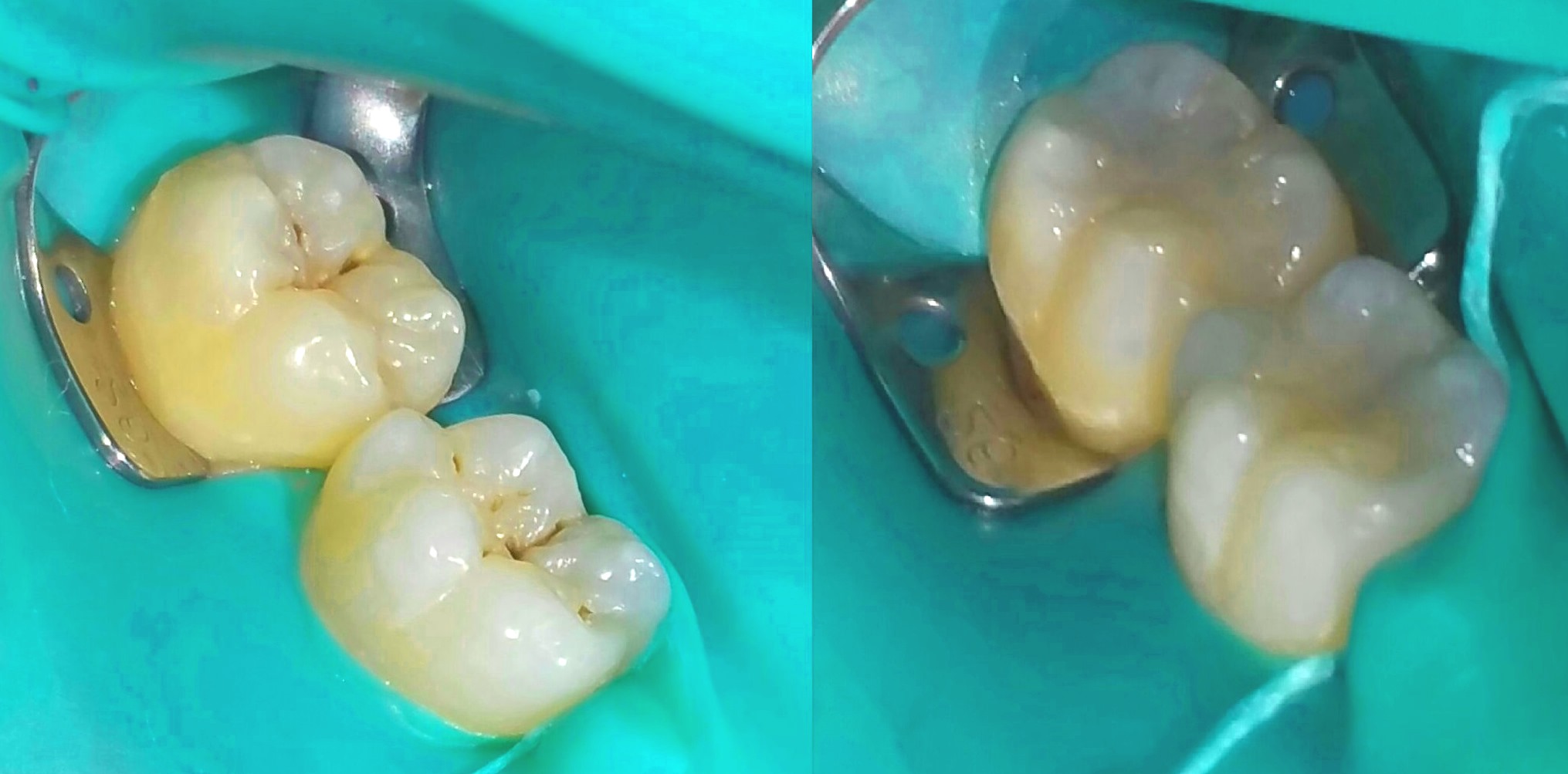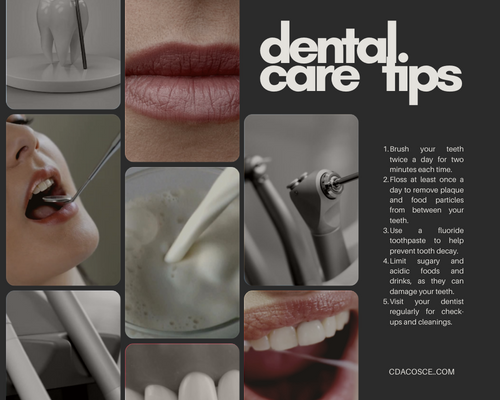Tooth pain can be a real hassle, and it can be hard to know what’s causing it. One common culprit is a cavity, which can be treated with a filling. But what happens when your tooth still hurts even after you get a filling? Understanding the relationship between tooth pain and fillings is key to addressing the issue. In this article, we’ll explore the various reasons why you may still experience pain after getting a filling, from a poorly placed filling to residual decay. We’ll also discuss the steps you can take to address the pain, including visiting your dentist for a check-up or considering alternative treatment options. Whether you’re dealing with tooth pain or simply want to learn more about fillings, this article will provide you with the information you need to make informed decisions about your dental health.
Common reasons for tooth pain after fillings
There are several reasons why you may experience tooth pain after getting a filling. One common cause is a poorly placed filling. When a filling is not placed correctly, it can cause pressure on the tooth, leading to discomfort and pain. This can happen if the filling is too high, too low, or not shaped correctly. Another reason for tooth pain after a filling is residual decay. If the decay was not fully removed before the filling was placed, it can continue to spread, causing pain and discomfort.
In some cases, tooth pain after a filling can be caused by a cracked tooth. When a tooth is cracked, it can cause sensitivity and pain, especially when pressure is applied. This can happen if the tooth was weakened by decay or if the filling was too large, putting too much pressure on the tooth. Additionally, tooth pain after a filling can be caused by an allergic reaction to the filling material. This is rare but can happen if you are allergic to the metals or chemicals in the filling material.
Types of fillings and their impact on tooth sensitivity
There are several types of fillings, and each can have a different impact on tooth sensitivity. Amalgam fillings, also known as silver fillings, are made of a mixture of metals and are known for their durability. However, they can also cause more sensitivity than other types of fillings, especially when placed close to the nerve. Composite fillings, also known as white fillings, are made of a mixture of plastic and glass and are designed to match the color of your teeth. They are less durable than amalgam fillings but can cause less sensitivity.
Another type of filling is a ceramic filling, which is made of porcelain and is designed to match the color of your teeth. Ceramic fillings are more expensive than other types of fillings but are also more durable and less likely to cause sensitivity. Finally, there are gold fillings, which are made of a mixture of metals and are known for their durability. Gold fillings are the most expensive type of filling but can last for several decades without needing to be replaced.
How to manage tooth pain after a filling
If you are experiencing tooth pain after a filling, there are several steps you can take to manage the pain. First, try using an over-the-counter pain reliever such as ibuprofen or acetaminophen. You can also try using a desensitizing toothpaste, which can help reduce sensitivity. If the pain persists, schedule an appointment with your dentist. They can examine the filling and the tooth to determine the cause of the pain and recommend the appropriate treatment.
If the pain is caused by a poorly placed filling, your dentist may need to remove the filling and replace it with a new one. If the pain is caused by residual decay, your dentist may need to remove the decay and place a new filling. If the pain is caused by a cracked tooth, your dentist may need to place a crown or perform a root canal to address the issue.
When to seek professional help for tooth pain after a filling
If you are experiencing tooth pain after a filling, it is important to seek professional help if the pain persists for more than a few days. This can be a sign that the filling was not placed correctly or that there is residual decay in the tooth. If the pain is severe or accompanied by swelling or fever, you should seek immediate medical attention. These can be signs of an infection, which can spread to other parts of the body if left untreated.
Preventing tooth pain after a filling 
The best way to prevent tooth pain after a filling is to maintain good oral hygiene. This includes brushing your teeth twice a day, flossing daily, and visiting your dentist for regular check-ups and cleanings. If you have a history of tooth decay or sensitivity, talk to your dentist about the best type of filling for your dental needs. They can recommend a filling material that is durable and less likely to cause sensitivity.
Alternative treatments for tooth decay
If you have tooth decay but are hesitant to get a filling, there are several alternative treatments available. One option is a dental sealant, which is a thin coating that is applied to the surface of the tooth to prevent decay. Another option is fluoride treatment, which can help strengthen the tooth enamel and prevent decay. In some cases, a tooth can be restored without a filling by using a dental bonding material to fill in the cavity.
Understanding the risks and benefits of fillings
Like any dental procedure, fillings come with risks and benefits. The main benefit of a filling is that it can prevent further decay and save the tooth from extraction. However, fillings can also cause sensitivity and discomfort, especially if they are not placed correctly. Additionally, fillings can wear down over time and may need to be replaced after several years. Talk to your dentist about the risks and benefits of fillings to determine if this is the best treatment option for your dental needs.
Choosing the right filling for your dental needs
If you do need a filling, it is important to choose the right type of filling for your dental needs. Consider factors such as durability, cost, and aesthetic appearance when choosing a filling material. Your dentist can help you make an informed decision about the best type of filling for your specific case.
Conclusion: Maintaining oral health with fillings
Tooth pain after a filling can be frustrating, but it is important to address the issue to prevent further damage to the tooth. Understanding the causes of tooth pain after a filling, as well as the steps you can take to manage the pain, is key to maintaining good oral health. By maintaining good oral hygiene, choosing the right type of filling, and seeking professional help when needed, you can ensure that your teeth and fillings last for years to come.




